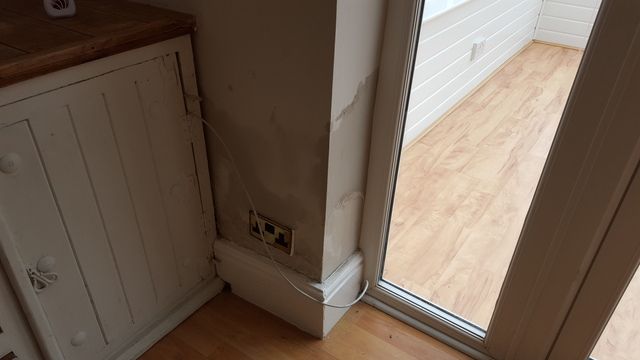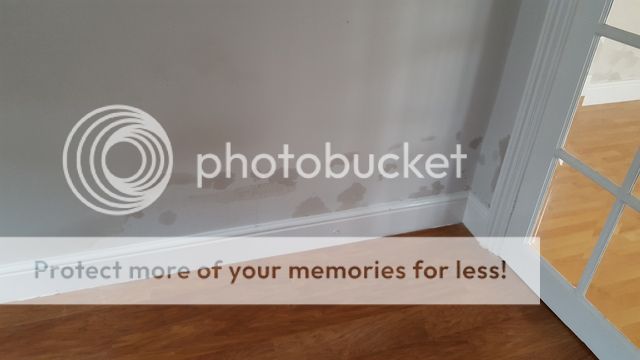First time poster here but long time lurker. We have finally made an offer on a house that has been accepted. The property has been repossessed so we are moving quickly to a completion and exchange.
The house was built in 1885.
The home survey has been completed and they reported the damp but it did not restrict the lending.
The damp is downstairs only on all walls facing externally and internally. Someone has stolen the lead bay window roof from the front window. But from speaking with neighbours damp did exist when the previous owners lived there.
I have spoken with quite a few of the neighbors and know the reason why the house was repossessed and have established it is nothing sinister to do with the property. The house has had various alterations over the years and i intend to do a full refurbishment over the coming years.
My fears are getting a 'damp specialist' out whom gives wrong advice and i spent money that really isnt needed. I have a budget to put the house right and it needs the damp sorting, a rewire and bathroom etc.
Please have a look at the pics and any opinions good and bad welcome!
Many thanks.
Ash.







